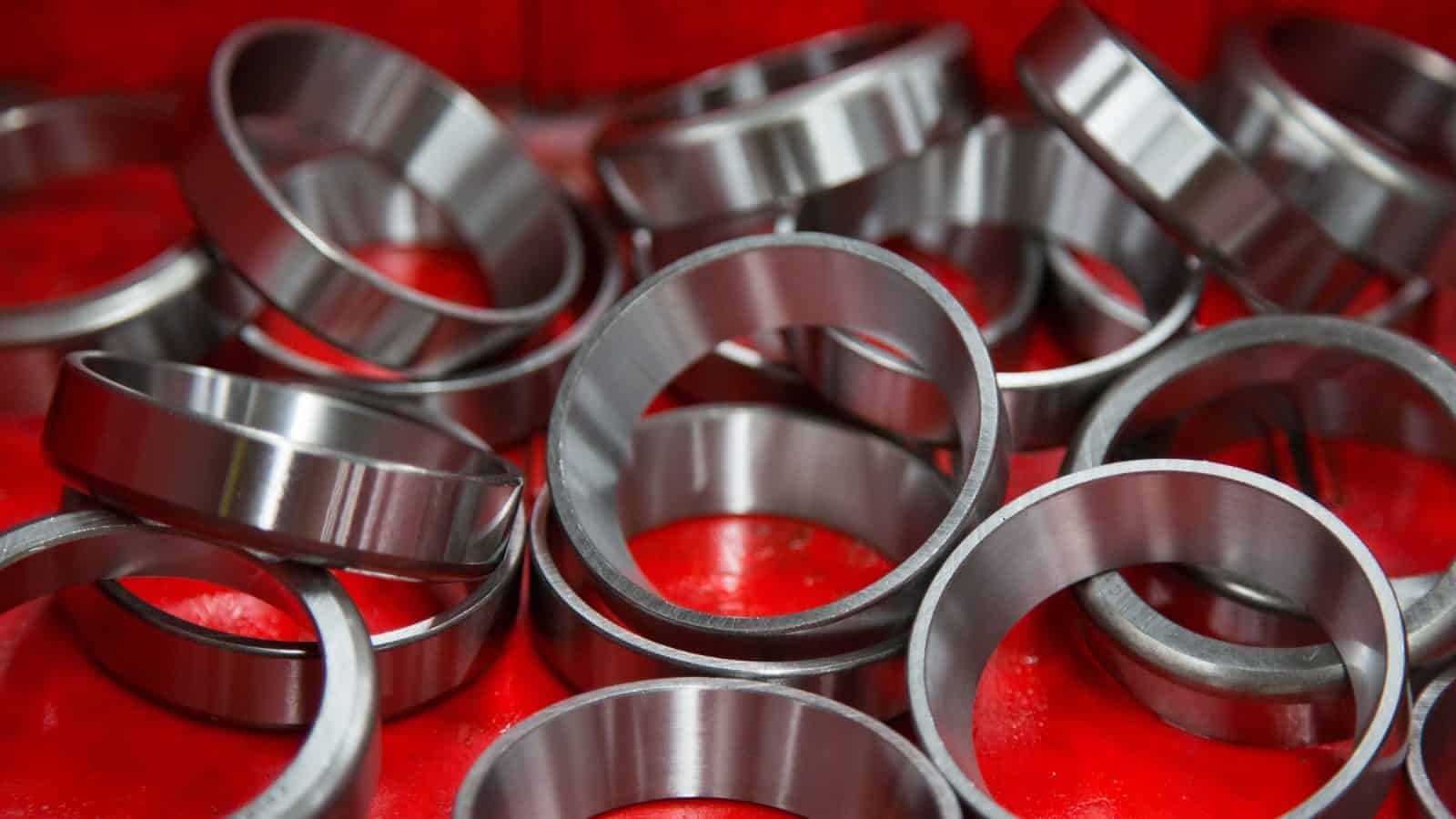Arizona Chamber CEO: Modernize Regulations to Boost Growth, Reduce Emissions

Arizona Chamber of Commerce & Industry President and CEO Danny Seiden testified before the House Energy and Commerce Committee about the burden that stringent emissions regulations inflict on businesses without providing any environmental benefit.
Speaking as an Arizonan: “Arizona businesses aren’t asking for a free pass … just a fair chance to grow responsibly,” Seiden told legislators.
- “Arizona is at the center of America’s growth story. … A symbol of that growth is TSMC’s decision to invest $165 billion in Arizona—the largest foreign direct investment in U.S. history,” he pointed out.
- Arizona has managed to achieve record growth while also reducing emissions, he noted: “Since 1990, our state’s population has skyrocketed, our GDP has risen more than 550%, and vehicle miles traveled have soared. Yet overall emissions are down more than 70%.”
- “That’s proof that economic growth and cleaner air can go hand-in-hand.”
Beyond the state’s control: In addition, Arizona’s ozone emissions levels are caused largely by factors it cannot control, Seiden said.
- “In fact, approximately more than 80% of our ozone comes from other states, from Mexico and Asia, and natural events like wildfires.”
- “Even if we shut down every industrial source in the state and took every car off the road in Phoenix, an area about the size of Connecticut, we wouldn’t meet the standard,” he added. “Still, Arizona businesses are penalized as if they are responsible.”
The costs: This regulatory burden threatens crucial industrial and infrastructure projects that are “vital to national security,” Seiden warned.
- “If companies can’t build here, they’ll build somewhere else—likely in countries with weaker standards. That’s a lose–lose scenario.”
- “To make matters worse, unlike states with long industrial histories, Arizona has no emissions reduction credits, or offsets, to rely on,” he noted. “So when a new facility wants to break ground, or an existing one wants to expand, there are no offsets available to purchase.”
The bigger picture: Arizona’s problem is the nation’s problem, Seiden emphasized, as states work to attract and support major manufacturing investments—“especially if standards continue to be set at or below natural background levels.”
A good start: Seiden praised EPA Administrator Lee Zeldin, saying, “Administrator Zeldin came to our state early on and took action. By rescinding outdated Section 179B guidance, signaling flexibility on unfair nonattainment classifications and recognizing the difference between controllable and uncontrollable sources, EPA is moving toward fairness.”
A prescription for change: Seiden made a list of recommendations for policymakers that would advance Arizona’s and the country’s economic growth:
- Protecting competitiveness by keeping standards realistic
- Codifying reforms to Section 179B
- Incentivizing upwind controls
- Modernizing permitting
- Encouraging innovation and collaboration
- Strengthening cooperative federalism by allowing states to approve projects if the EPA fails to act within a reasonable time frame
The last word: “Give us the flexibility and tools to continue reducing emissions while ensuring that industries vital to Arizona’s economic future are not sanctioned out of existence,” Seiden told legislators.
